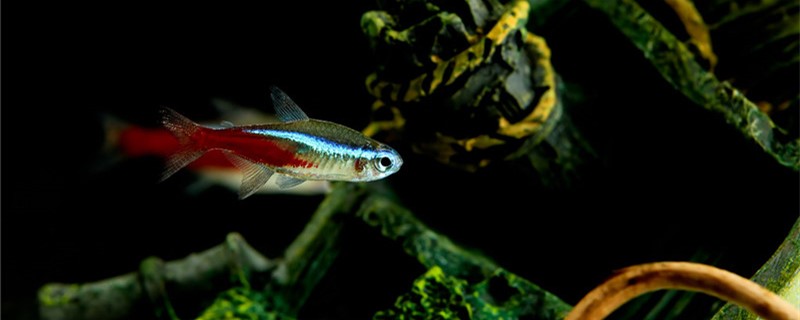
In the juvenile period, the traffic light fish's body is small and the physical strength is poor, unable to find their own food to eat. When feeding young fish, it is necessary to manually deliver the feeding food to its mouth. When the young fish just opened their mouths, they could only feed it with egg yolk and grey water. In order for the fish to feed properly, the yolk grey water needs to be filtered through a fine net of 200 meshes, then sucked through a straw and fed to the young fish. When the fish can swim freely, a 150-mesh net is used to filter the yolk grey water, and the yolk grey water is continuously fed to the fish. When the young fish grows to 5 mm, it can be fed with small fish and insects. The best feed is mainly fresh red worms and nematodes. Because these foods will not dissolve in water, it can effectively avoid water pollution.
The frequency of feeding depends on the growth of the fish. Generally speaking, young fish need more nutrients and are hungry faster. During this period, the frequency of feeding should be increased appropriately, and it is recommended to feed twice a day. The best feeding interval is about eight hours, so that the fish have enough time to digest food. Because the fish need to rest at night, the ability to digest is not strong, feeding can be set at nine in the morning and five in the afternoon. When the fish reaches the adult stage, feeding once a day can ensure the nutrition it needs. The amount of feeding should be based on its eating in 10 minutes.